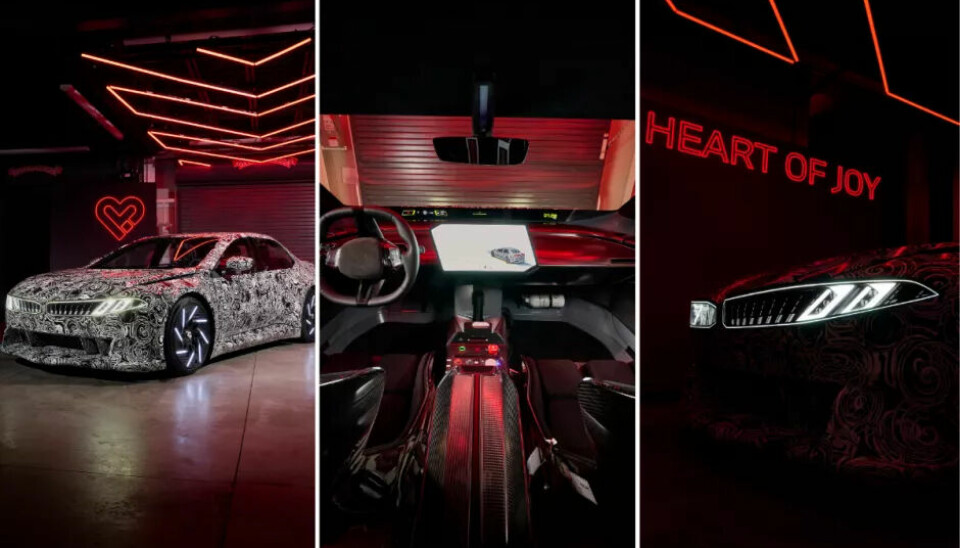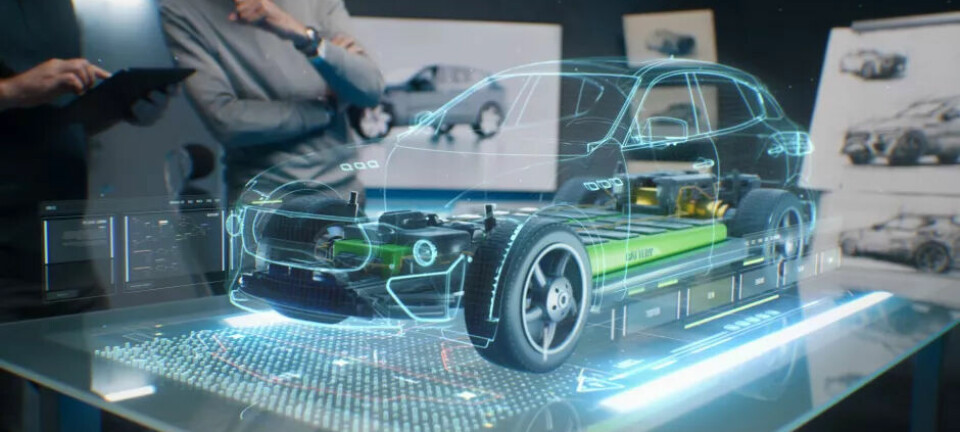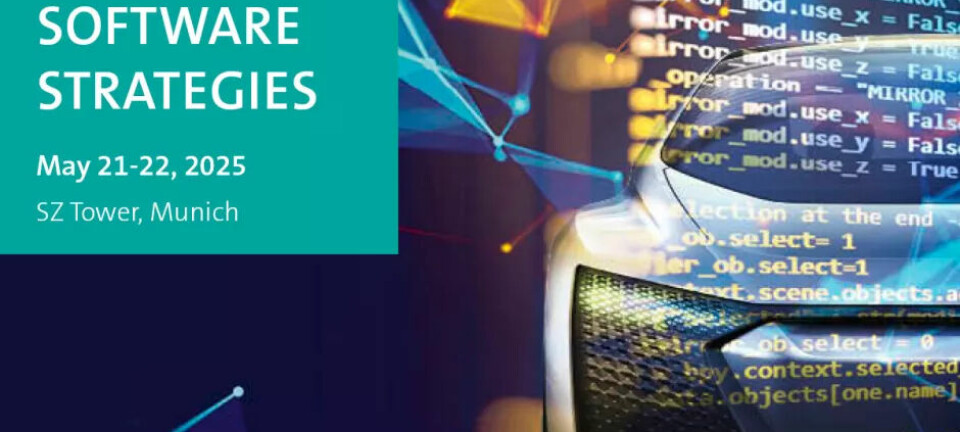High-performance computers
What's Behind BMW's Heart of Joy?
The Neue Klasse is still hidden as a prototype. BMW plans to unveil the secret at the IAA.
BMW
The heart of BMW's Neue Klasse is set to bring a new joy of driving. The fundamental idea is based on four high-performance computers - the Heart of Joy is one of them. Can the Munich team also convince petrolheads with this?
Normally, it's hard to entice combustion engine fans with bits and bytes. But if you carry the joy of driving in your brand claim, then you should also involve your loyal customers in software development. That's why BMW doesn't just talk about a central domain of the New Class, but about the Heart of Joy when the Bavarians rave about the next step in digitalisation.
This "Heart of Joy" is one of four so-called Superbrains, which are among the major innovations of the New Class. Because when BMW finally launches the first model of a new vehicle generation at the IAA in autumn after four years of preparation, it is not only supposed to achieve a massive step in electromobility, as the modular system allows for 25 percent more efficiency, 30 percent more range, and 30 percent shorter charging times. And it doesn't just mark a revolution in infotainment, as it once again takes new paths similar to 25 years ago with the iDrive and makes the windscreen a display area across its entire width with the Panoramic Vision Display. "But the New Class is also a milestone for digitalisation," says Development Board Member Frank Weber: "For the first time, we are replacing the traditional electronic architecture with its hundreds of control units with four central computers."
Hardware and software are in-house developments
One of these superbrains controls the infotainment, one the systems for highly assisted driving, one the comfort and basic functions of the structure, and one precisely the joy of driving, for which Weber's team claims to have reinvented the control of drive, energy management, and driving dynamics. Because a single computer now controls acceleration and braking, vehicle stabilization, dynamic steering functions, and battery charging.
This enables control with unprecedented performance: Because all actuators are directly connected, they can react with minimal delay, and the latencies are in the range of milliseconds. "With up to 1,000 beats per second, the Heart of Joy is light-years faster than previous systems," the developers enthuse.
And incidentally, the superbrains make the Neue Klasse not only future-proof because such an architecture can be updated and upgraded more easily than many individual control units. But BMW also retains control over all key functions because hardware and software were developed exclusively and independently in Munich for the first time.
“This takes the joy of driving to a new level,” says Weber. And if you don't believe him, he puts you in a prototype that is not quite clear whether it is a tool or a toy for the developers - or ideally both.
Transition from tool to toy
Because to prove the performance of the Heart of Joy, it makes its debut in a hopelessly exaggerated racing car that puts the electronics to the test with four motors and 18,000 Nm of torque. If the Heart of Joy can handle this explosive power, the logic goes, then it can easily do so in the production model.
With the lightning-fast control times, the superbrain becomes the sensitive conductor of driving pleasure and allows the four e-machines to work together so that the powerful prototype drives around corners smoother than ever: The car generates maximum traction and can be kept precisely on the ideal line, the number of control interventions decreases, the driving line becomes more precise, the road holding more stable, and the smiles on the developers' faces wider: Rarely has the transition from tool to toy been as seamless as with this prototype, which they persistently call their testrig.
Mechanical brake becomes redundant
But the Heart of Joy is not just meant to get the hearts of speed enthusiasts racing and bring the joy of driving into the new era. The new control system also has a decisive impact on efficiency and comfort. Because at lower speeds, when using the adaptive cruise control or in stop-and-go traffic, the Heart of Joy becomes a blood pressure reducer and regulates the interplay of all factions so meticulously that when stopping and starting again, you no longer feel any braking jolts and the flow of movement becomes even more harmonious.
And because faster regulation also enables better recuperation, the mechanical brake becomes superfluous. Except in dangerous situations or on the racetrack, the power of the recuperation brake is completely sufficient, and the friction brake becomes pure redundancy. A pleasant side effect: The efficiency of the drive increases by up to 25 percent - and brakes and pads last a lifetime of the car.
More comfort, less consumption, and even more dynamics than ever: "The Heart of Joy enables driving pleasure on the next level. In addition, we achieve another efficiency boost and correspondingly more range," says Weber, "This is Efficient Dynamics squared."
BMW wants to prove to petrolheads with the prototype that the joy of driving is also firmly anchored in the Neue Klasse. However, the Bavarians immediately dampen the expectations that are fueled by the prototype: The Heart of Joy will indeed beat in all future models, but the hasty test carrier remains a one-off for the developers' toolbox. Or for their playroom.
This article was first published at automotiveit.eu































